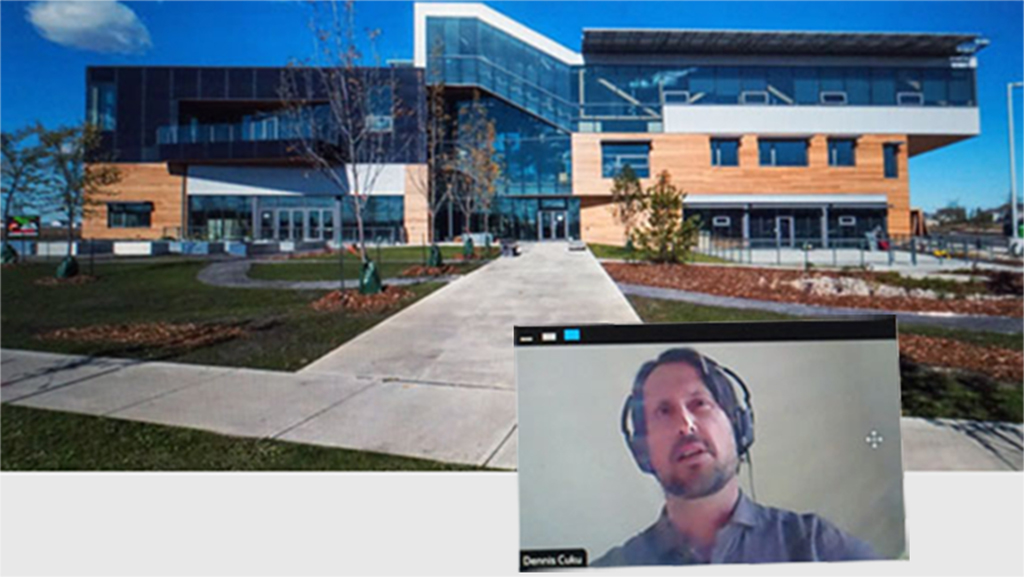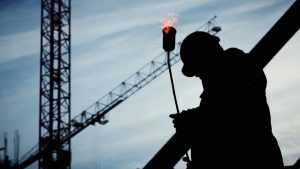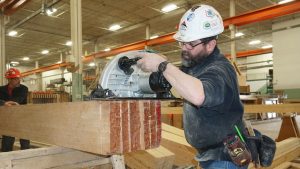The success of Alberta’s first net-zero, LEED Platinum commercial building is proof that “you can build beautiful on a conventional budget.”
Those are the words of Dennis Cuku, founder and director of Everyday Happening, RevisionOne Performance Partners, the consulting company behind the development of the Mosaic Centre for Conscious Community and Commerce in south Edmonton.
Speaking at the Wood Wellness Summit 2021 put on by the Canadian Wood Council recently, Cuku described to a webinar audience how he came to build “a better building” without breaking the bank.
It wasn’t easy.
The journey started after Cuku led his small but growing engineering firm through a series five office moves in five years in search of space that was right for the company’s needs.
In 2012, on the brink of a sixth move, Cuku decided to lead a team to design their own building, but not just another commonplace concrete tilt-up structure with drywall interiors.
The first hurdle to his ambitious design was the banks. His application for an $8 million loan to finance the project was rejected five times because the unusual hybridized timber design “didn’t fit” the banks’ risk profile, he told the audience.
To finally get approval for the loan he proved through a series of white papers and other research that there were economic advantages to better-built buildings.
Research showed a correlation between attractive work spaces and improved employee productivity and also that tenant turnover rates were lower in well-designed mass timber buildings than in plain office buildings.
“The bank expanded their risk box for me.”
The second major challenge was getting construction/material costs for the heavy timber building to “nearly the same costs” as a conventional steel design, he said.
“When I first approached the Edmonton building (and architectural) community…they said this can’t be done on a regular budget and timeline.”
In an early design charrette, however, one of the team members suggested splitting the timber frame design into two structures and joining them with wood-cladded steel stairs and walkways in an atrium.
“By doing this we were able to mobilize the maximum number of trades and optimize the use of the site” to speed up construction and reduce costs, Cuku said.
Costs were further pared because much of the mass timber structure could be exposed on the interior, eliminating the need for drywall and other finishes, he said, noting the final costs came in only a bit higher than a conventional concrete building.
The project was done under an integrated project delivery (IPD) method, the first private IPD in Alberta.
It was constructed in 11 months, 15 months ahead of schedule largely because construction was free of costly and time-consuming change orders, Cuku said.
Despite having a higher lease rate than conventional office space, the building was fully leased
on the day it opened in 2015 and tenants continue to want to stay.
The building’s natural light and exposed wood “is a major driver for well-being, job satisfaction and productivity.”
Cuku, who said research shows that better buildings reduce worker sick time, called developers out for building based on profit alone.
“I believe if a developer or owner has the additional money to build a better space…and instead chooses to maximize profit at the expense of those who occupy the space, than I think it should be OK to call that negligence.”










Recent Comments
comments for this post are closed